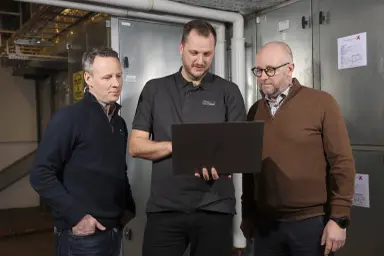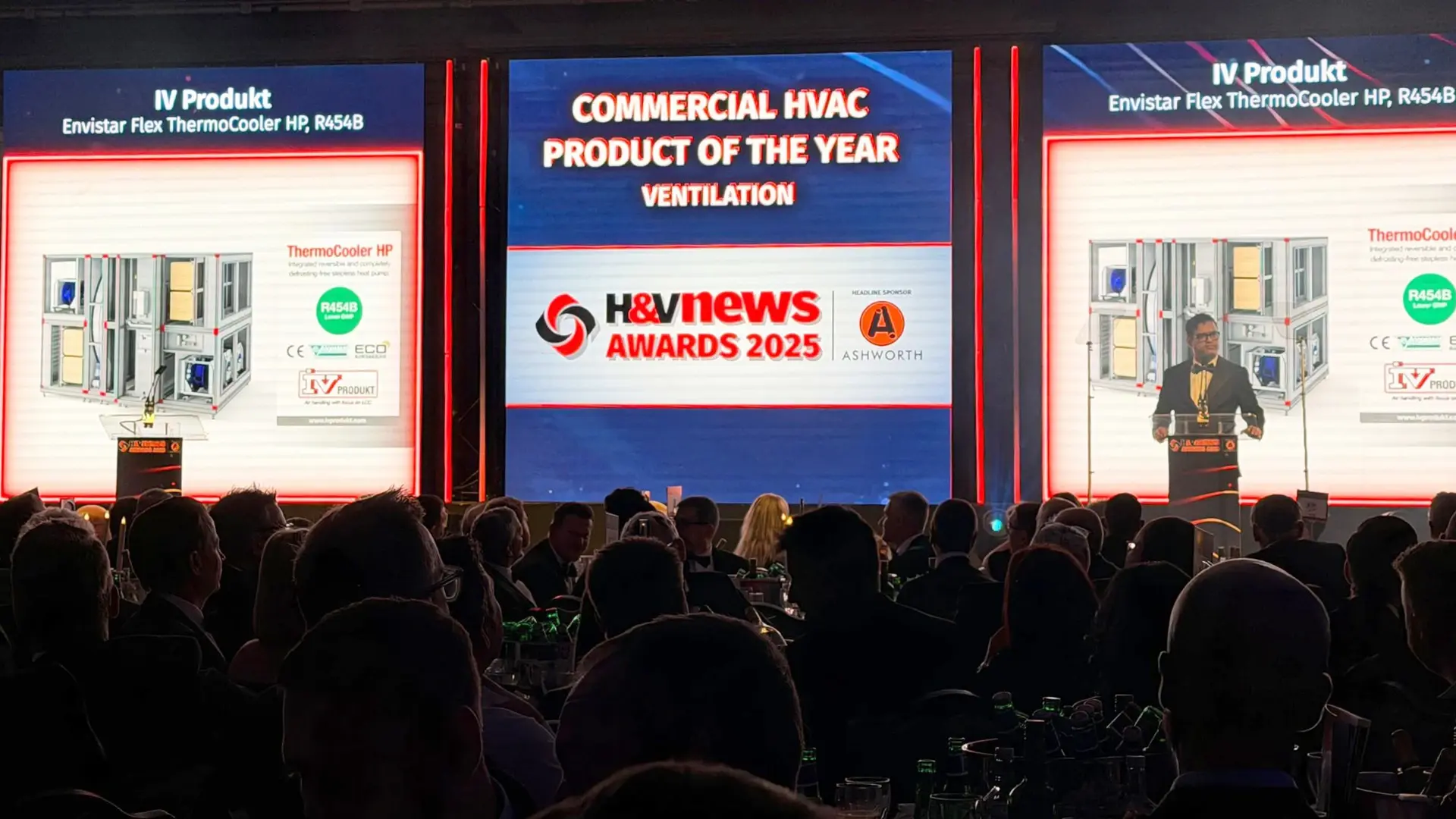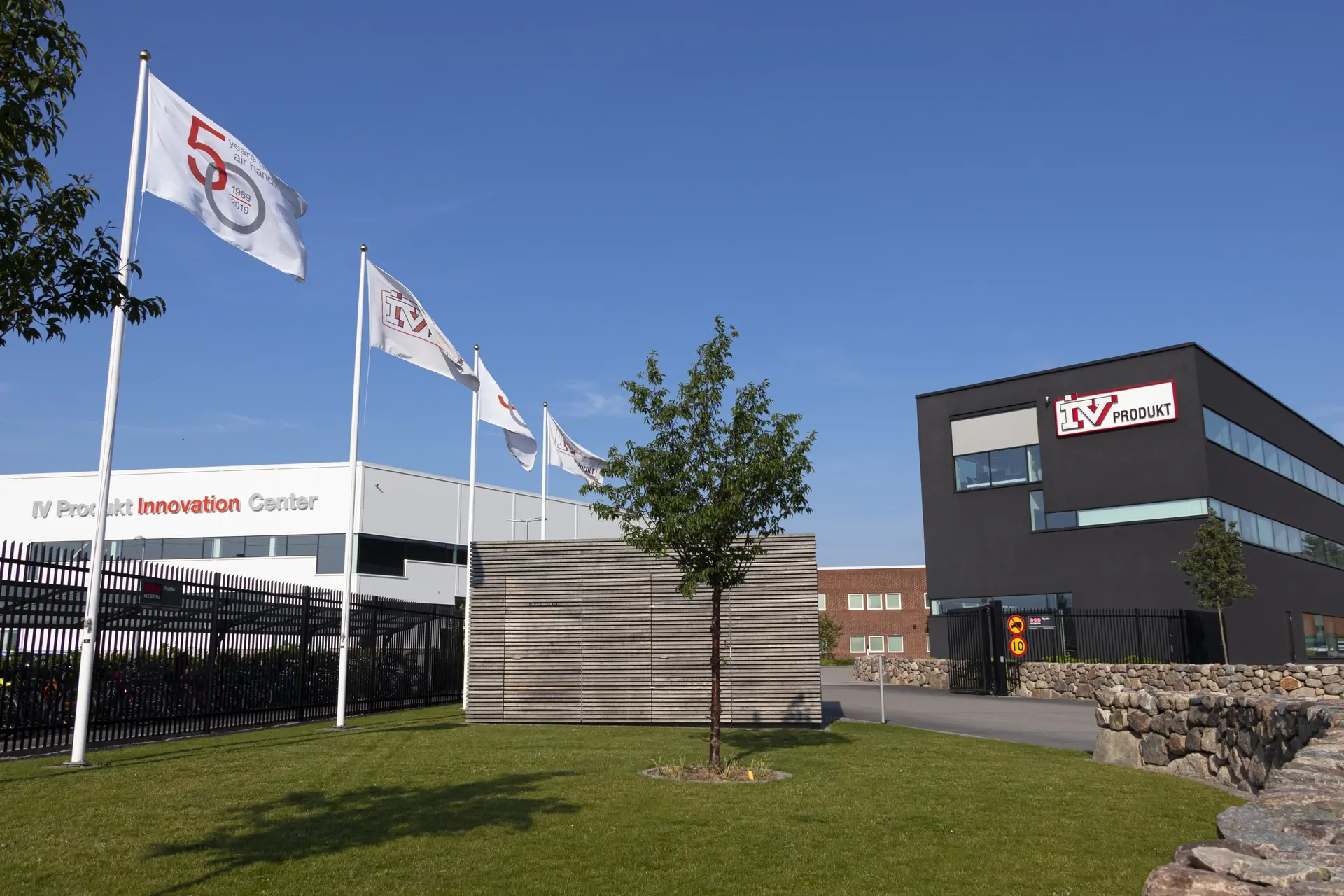Efficiency
When discussing temperature efficiencies, it is important to differentiate between dry and wet temperature efficiencies.
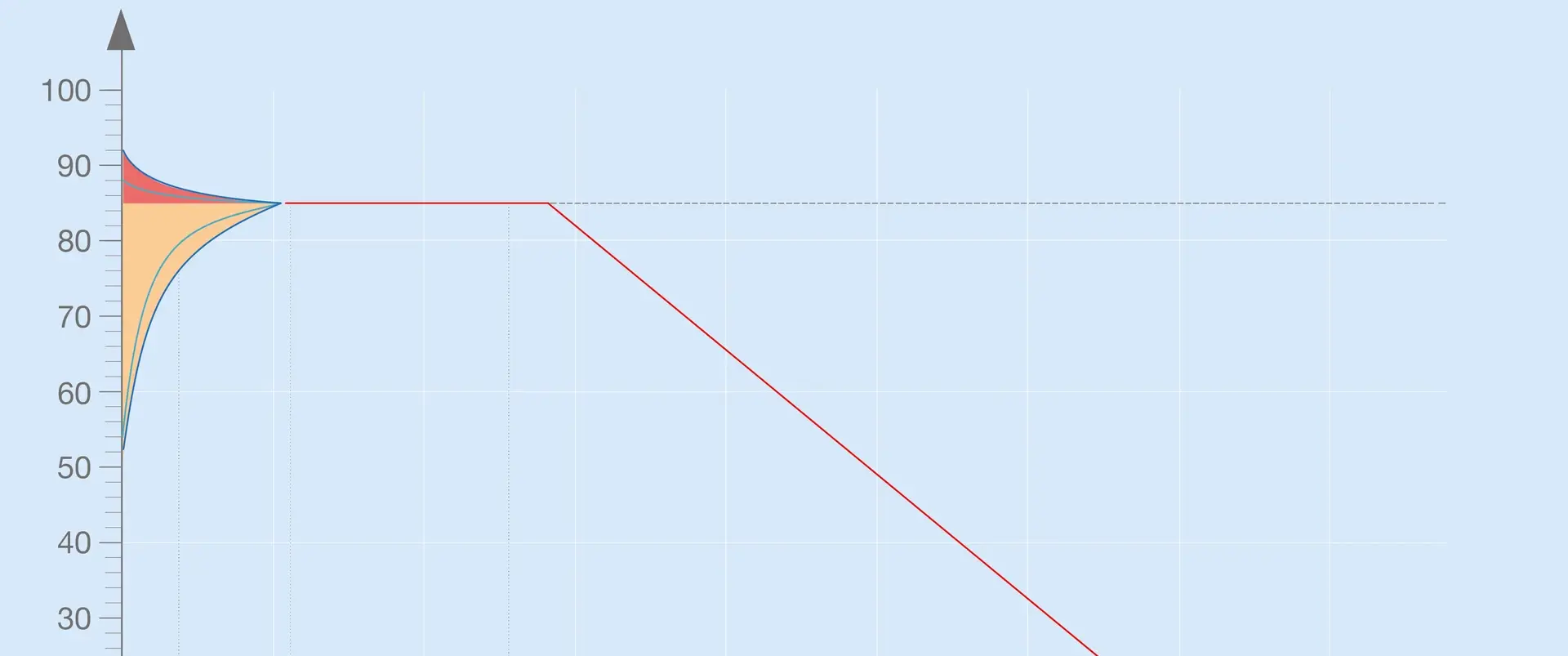

A dry temperature efficiency of 85 per cent is equivalent to a wet temperature efficiency of over 90 per cent. The wet temperature efficiency is theoretical and may not work in practice due to freezing. We have tried to illustrate this in the diagram below.
Temperature efficiency
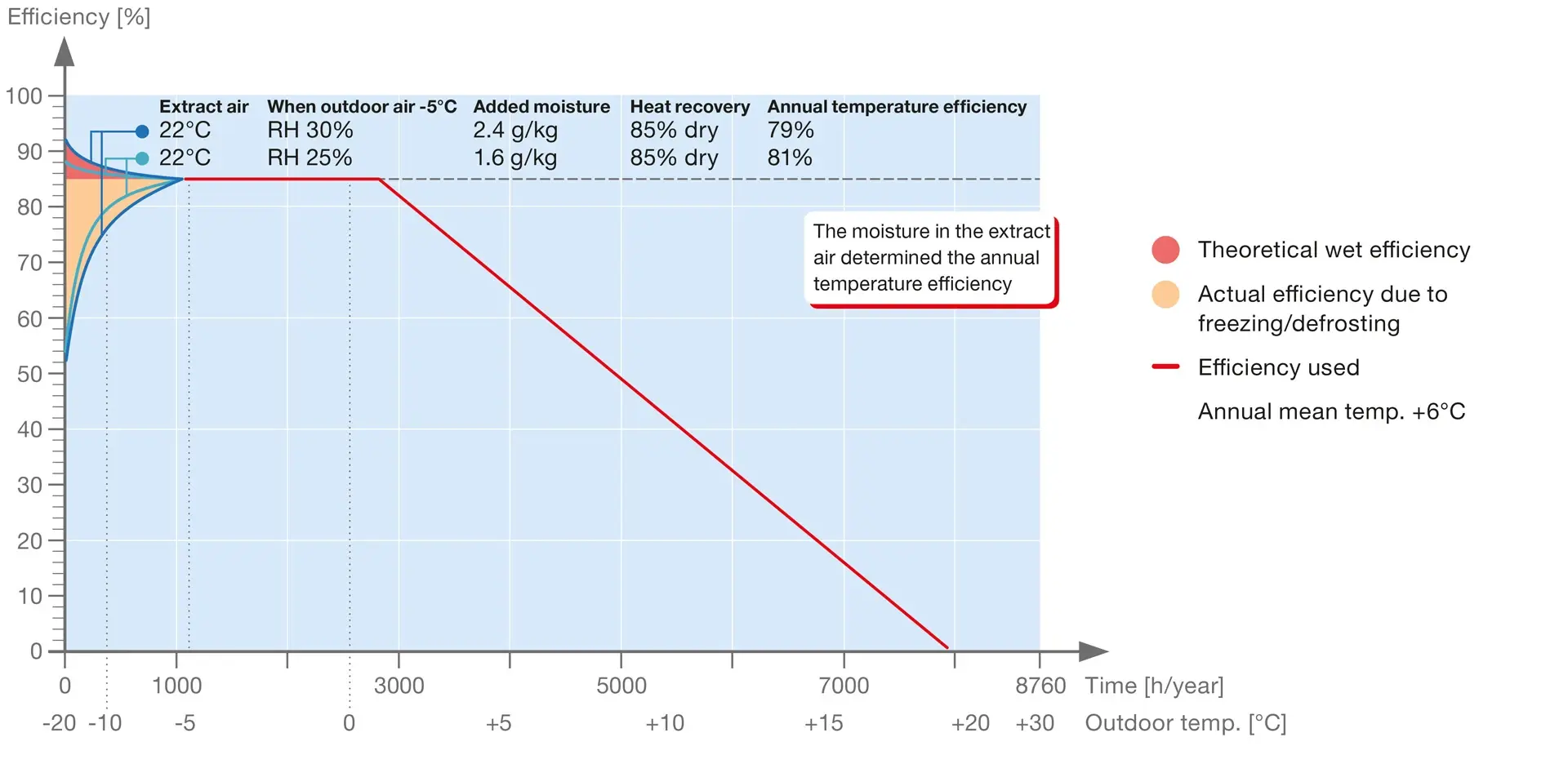
Energy recovery, counter-flow heat exchanger
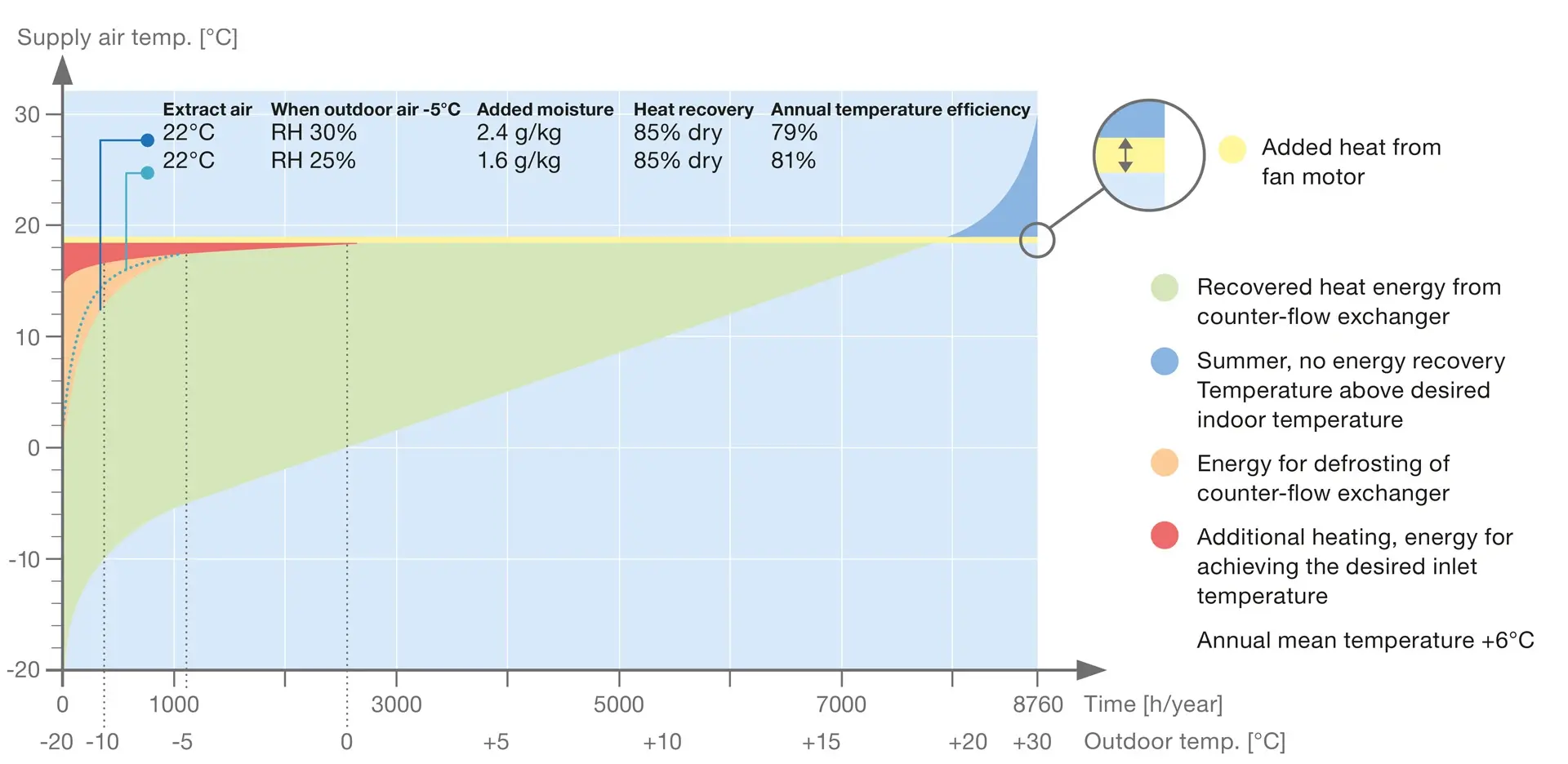
Do not be misled by various "marketing tricks" that specify different efficiencies for the same heat exchanger.
We always specify the dry efficiency, which is also the only efficiency that can be measured during an inspection.
Same heat exchanger reported on in different ways
| Dry, in accordance with EN308 (correct!) | 85 % |
| Wet | 86–93 % |
| Wet incl. motor heat | 88–95 % |
| Annual energy incl. motor heat | 92–97 % |
Ongoing projects?
Together, let's find the optimal solution for you!









